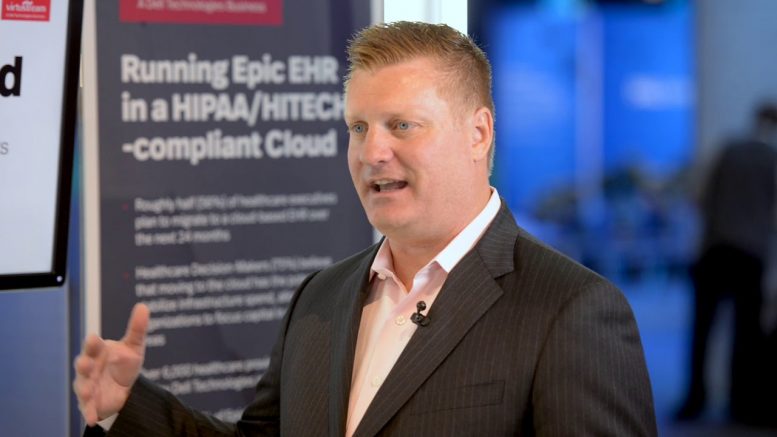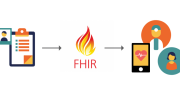2019 was an important year in advancing healthcare IT initiatives in the cloud, spurred by healthcare organisations’ growing acceptance of cloud computing benefits – from improved visibility into the quality of patient care to faster insights from health data delivered – with the highest standards in security, compliance and availability. But healthcare providers still face a variety of challenges that could be improved through the increased adoption of digital health initiatives. With that in mind, leaders in the healthcare market are watching these top three predictions for the healthcare cloud market in 2020, which is set to reach $3.5B by one estimate.
A Clear View Drives Better Cost Containment
One of the biggest issues that healthcare organisations face when implementing new IT infrastructure solutions is that they lack the budget to properly integrate them. The annual Healthcare Financial Management Association (HFMA) and Navigant survey found that 56% of respondents didn’t believe that the challenges of adopting a new EHR system were equal to or outweighed the benefits of integration.
To overcome this hurdle, healthcare organisations should look to partner with a cloud provider who is well-versed in the healthcare industry. Recruiting the aid of an expert cloud service provider will help minimise the time and costs of the transition period, and provide service delivery specifically tailored to the organisation’s business requirements. With cloud service providers offering features like cost transparency, which provides customers with cost estimates across their cloud landscape, as well as backup consumption tracking, which allows organisations to see how much backup storage is consumed, the result is a better view of a healthcare organisation’s overall costs. These cloud computing benefits are amplified as healthcare organisations move more workloads and data into the cloud and realise the advantages of shifting to a cloud operating model, resulting in a more stable and predictable IT budget.
Staffing Goes to the Cloud
Understaffing has also hampered the adoption of new IT solutions in healthcare. When integrating new IT systems, additional time and resources must be spent during the transition process. Time is lost for workers when trying to understand the new system and more internal resources must be allocated to IT issues, a critical challenge when patient lives are on the line. In 2020, healthcare organisations will embrace managed services to overcome their broader IT staffing challenges.
A new Pathfinder report from 451 Research reveals that nearly two-thirds of organisations that currently use cloud also leverage some level of managed services, with 71% of large enterprise respondents revealing that managed services will be a better use of their money in the future. Furthermore, a strong majority says it allows their teams to focus on more strategic and productive IT projects. No longer will hospitals need to reallocate employees to dedicated IT support roles since a majority of the IT workload can be assigned to the cloud provider. This will allow healthcare organisations to reallocate staff members and resources to prioritise patient care and more strategic business initiatives.
Complexity Remains an IT Hurdle for Most
With increases in digital care and regulatory requirements (e.g. Meaningful Use and the Affordable Care Act) spurring increased adoption of EHR, the advent of artificial intelligence, and an ever-increasing focus on security, privacy and compliance, complexity will continue to increase in the healthcare landscape. To address these issues, healthcare organisations will invest in cloud services that provide a variety of benefits such as a secure infrastructure and data replication. But to fully address these problems, healthcare organisations will need to partner with a cloud provider with industry expertise and tailored services specifically built with healthcare workloads in mind.
Healthcare providers need a platform to provide clinicians and patients a more structured, evidence-based approach to care. Integrating new systems and technology can be difficult, especially for healthcare organisations that manage thousands of patients’ information. However, organisations can fully embrace the future of healthcare with a dedicated cloud service tailored to their business and patient care needs. As a result, both the organisation and the patient will have a better experience and outcomes – which is the best prognosis for the healthcare industry overall.





